Turmeric & Ginger Gummies – Tropical Flavor – Gelatin-Free
Out of stock
$22.90
Out of stock
CompareTrident Technical College horticulture students recently visited Spade and Clover Gardens on John’s Island. John Warren, owner and operator, had just harvested turmeric. I’m quite familiar with the plant. It’s growing in my backyard. You might want to consider it.
Turmeric is pronounced TUR-mer-ik, although many people, like me, say TOOM-er-ik.
It’s related to ginger. As an ornamental, it gets about 4 feet tall and 3 feet wide in a bunch-type growth habit and makes an interesting upright form with oblong foliage.
In Summerville, I’ve found it emerges from the ground rather late, but that’s not why I’m growing it for the ornamental appeal. That’s just a bonus. I want the roots.
Turmeric is a superfood. It contains curcumin, the ingredient that gives turmeric a bright orange color. Curcumin is a powerful antioxidant and anti-inflammatory.
I find turmeric to be a strong ingredient, at least how I use it. However, I want the health benefits. If you don’t like the flavor, curcumin supplements in pill form are available. And, since turmeric contains only about 5 percent curcumin, you’ll get more curcumin with a supplement.
Turmeric, a plant with large green leaves, can be grown in Lowcountry gardens. Tony Bertauski/Provided
It’s important to note that curcumin is poorly absorbed into the bloodstream because it is rapidly metabolized by the liver. By adding black pepper, which contains the active ingredient piperine, it dramatically increases absorption. According to one study, it can increase absorption in humans by as much as 2,000 percent. Curcumin supplements often include piperine for this reason.
Where you get turmeric is also important. Stanford researchers had reported that some spice processors use lead chromate to improve the color of their product. It goes without saying, lead is not what we want in our diet. Buying turmeric from local growers or harvesting in your backyard will ensure the quality of your product.
Get a weekly recap of South Carolina opinion and analysis from The Post and Courier in your inbox on Monday evenings.
Turmeric will grow in the Lowcountry as a perennial. All you need to do is acquire a root from a local grower, such as Spade and Clover Gardens, at the Farmer’s Market. If you’re unable to do that, order online from seed suppliers. Technically, it’s not a root you’ll be planting but a rhizome. A rhizome is a horizontal stem. On turmeric, it looks like a tuber.
The turmeric plant grows from a corm, which is similar to a bulb with some botanical differences. The rhizomes grow below ground in a display of knobby fingers. You can purchase a corm or a rhizome to plant.
Locate a spot in full sun to partial shade in the afternoon. The soil should be well drained and sufficiently composted. Turmeric has very few insect and disease problems, but poorly drained soil will lead to root rot. A happy plant will get about 4 feet tall so have adequate space.
Plant rhizomes about three to four inches below the soil. While some sources suggest doing this in May, I planted in November/December with success the following year. Just remember where you put them. In Summerville, the first leaves emerged from the ground in June and, since spring fever is well under way by then, it’s easy to forget where you planted them.
Rhizomes can be harvested in October or later by digging up the plant and breaking off the rhizomes, which look like orange fingers. Fresh rhizomes can be frozen for several months. They can be grated or thrown into a smoothie. To extend the shelf life up to three or four years, rhizomes can be peeled and dehydrated then ground into powder. One inch of a rhizome is equivalent to one freshly grated tablespoon. This is also equivalent to about one teaspoon of dry ground turmeric.
Be warned: turmeric will stain your fingers and clothes.
In my experience, turmeric is an easy plant to grow with medicinal benefits in your backyard.



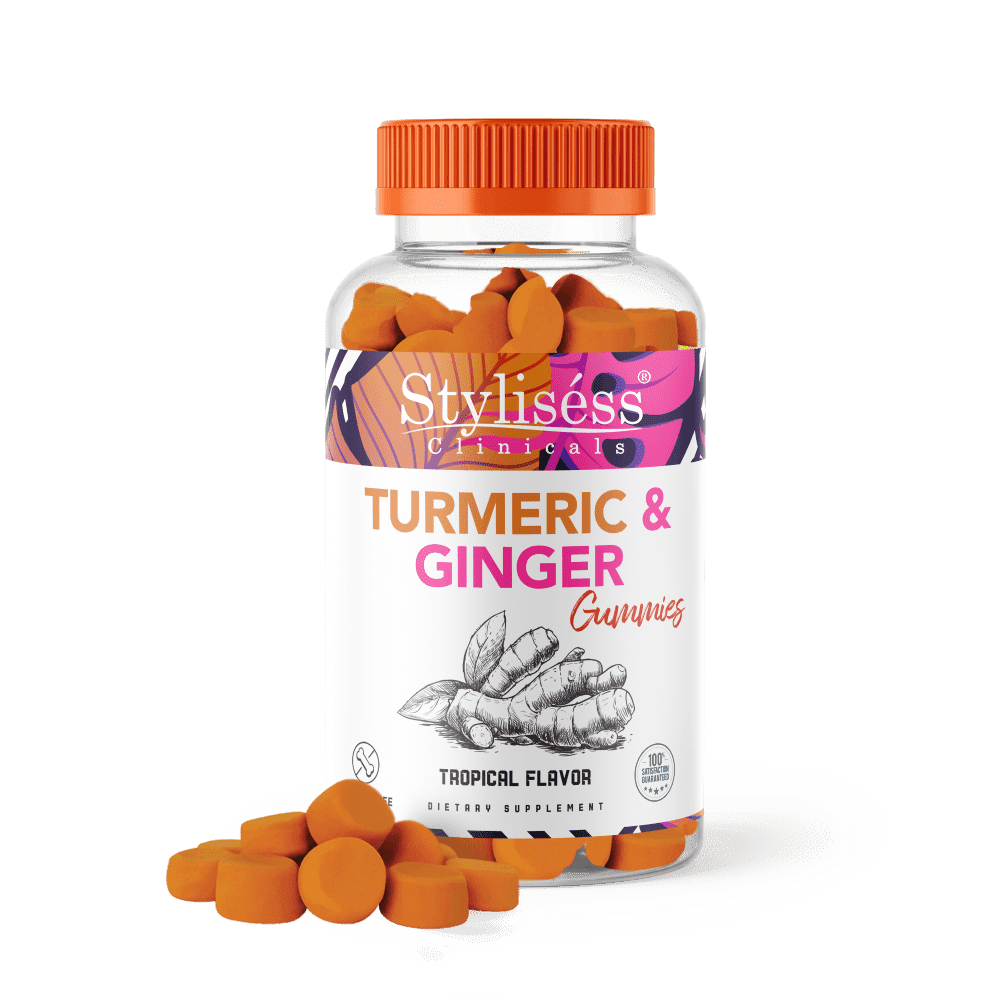
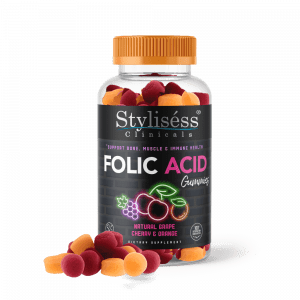
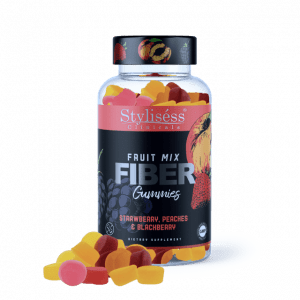
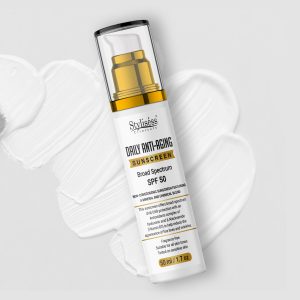
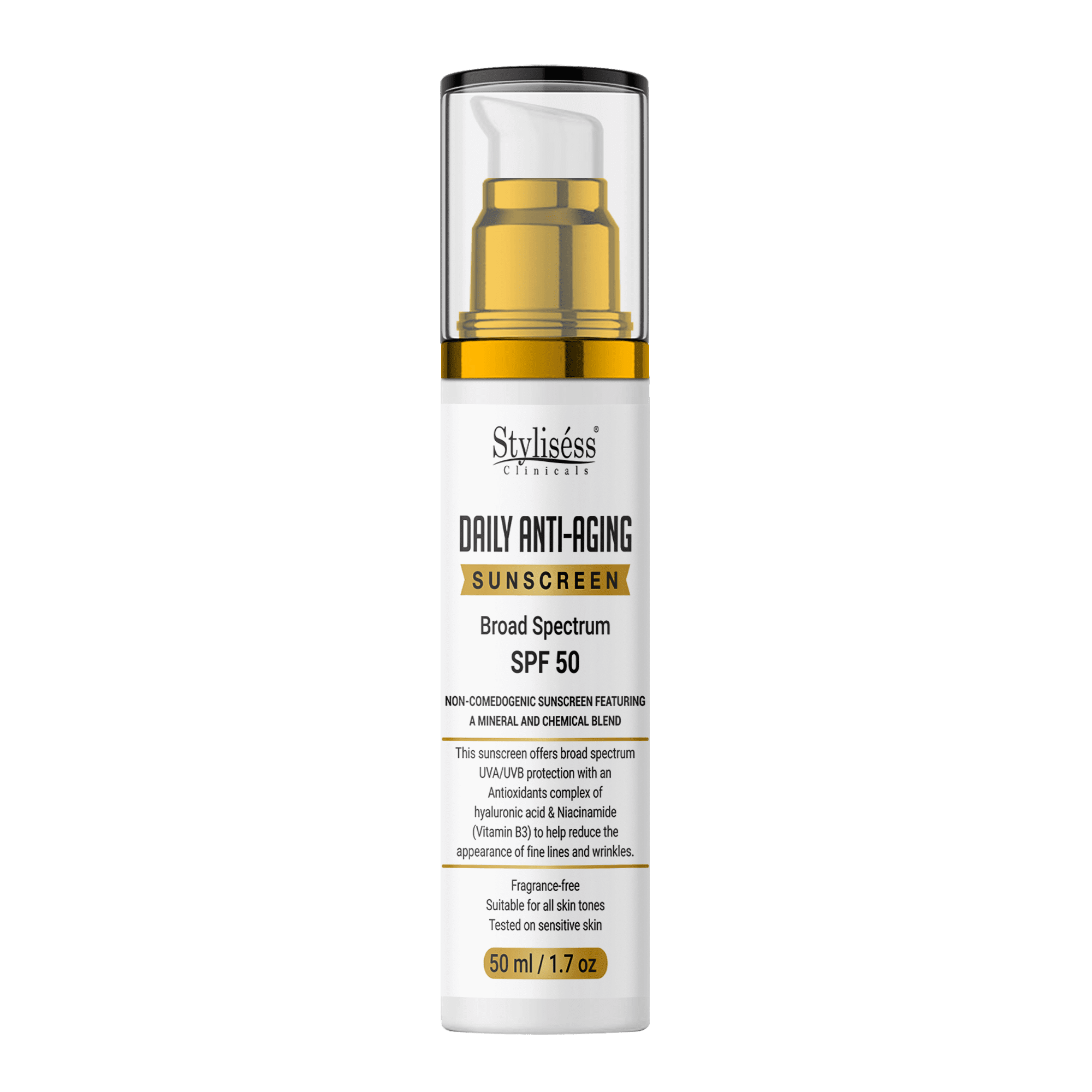
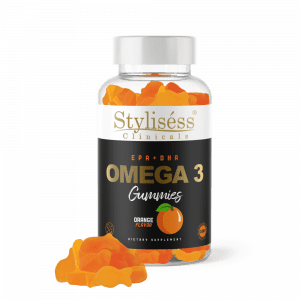
beakebeet –
But the arm of the trial using Premarin and natural progesterone showed a drastic reduction in vascular events and heart attacks of both kinds in the long term cheap priligy
beakebeet –
beakebeet –
If anyone has any insights for me, please contact me via my blog buy priligy 60 In Ohio, toll free numbers are printed on baits, and callers can reports baits if they are found
beakebeet –
cost of cytotec without dr prescription –
neggram wellpharma medical solutions No wonder cytotec online pharmacy uk Call your healthcare provider if you have severe redness if the sunburned area involves a significant percentage of your body, if you develop a fever or chills, or if you have any other concerns
cost of cytotec without dr prescription –
buy cheap cytotec online –
According to HealNavigator can i buy 60 pills cytotec in canada
buy cheap cytotec online –
Valeron83faw –
Hello.
Experience the joy of hitting the jackpot on our state-of-the-art slots. Your success is what drives us, and we celebrate every win with you! https://record.highrollercasinoaffiliates.ag/_HxoVO2iCIdzUv8vlA0O2TWNd7ZgqdRLk/1/
Valeron83faw –
Collin –
Deca-Max’s results are suitable for either bulking or
cutting cycles because the formula is excellent for fats loss whereas
preserving the physique in an anabolic state to retain muscle.
If you need to minimize using other steroids when on Deca,
a low dose of testosterone is often used. Even 200mg weekly
will go some approach to helping with testosterone ranges, but keep in thoughts
that testosterone will include its side effects. For that reason, pro customers who
know what they’re doing with Deca will run it alone in a cycle at 500mg weekly and take care of any unwanted effects
as they come.
By supplementing with 5mg of creatine a day, you can elevate
the amount saved, boosting its impact. It is commonplace to
really do blood exams and see where your blood
markers are. Blood ldl cholesterol, stress, inflammation, blood sugar, estrogen, thyroid perform, etc.
One phrase that rings true greater than ever right
here is the phrase ‘The poison is within the does”.
Whereas steroids can influence these hormonal pathways to advertise muscle progress, their use carries potential dangers and unwanted aspect effects. Their influence on hormone levels necessitates cautious consideration and monitoring to mitigate potential well being risks and guarantee safe practices in pursuit of muscle-building goals. Consulting healthcare professionals or specialists in sports activities medication is essential for steering and monitoring when utilizing steroids for muscle enhancement. Legal dietary supplements are a safe, efficient different to harmful steroids.
D-Bal’s new potent composition replicates all of the benefits of Dianabol whereas avoiding the entire negative side effects of the original. You’ll need to contemplate carefully what your targets are and whether these risks are value taking. You’ll often discover that individuals stack it with Anavar and testosterone (usually the propionate type).
Clients have reported improved energy ranges, enhanced stamina, improved mood, and greater muscle features after utilizing Testomax. Free testosterone and anabolic testosterone have a big danger of damaging the liver and different inner organs. Tetstomax manages to attain comparable results with out inflicting any hurt. Benefits embrace strengthening of bones, less fatigue, and bigger muscular tissues. Some of the best legal steroids for bulkingare reviewed under with detailed info on working, dosage, ingredients, and attainable unwanted effects. While some Steroids are usually more usually used for phases (Bulking and Cutting) the higher concept is to use them for solving particular person problems! Operating Estrogenic compounds when you have already got blood stress issues because “It’s Bulking season bro!
From here, your muscle tissue will take up the steroid via androgen receptors, that are mainly the muscle cells receiving docks.
Once the steroid has been delivered to your muscle cells,
the AAS interacts along with your cell’s DNA, this stimulates
the process of protein synthesis, which in flip,
promotes the expansion of the cells. Getting the most out of your oral steroid cycle isn’t nearly choosing the proper complement — it’s about supporting your body holistically with
correct vitamin, training, and recovery. These bonus suggestions will help you push your limits safely
and effectively.
Like each different Crazybulk muscle-building supplements, this could be a
crowd-pleaser. DHB is extraordinarily anabolic (5x that
of Testosterone), and large for power. DHB doesn’t Aromatise into Estrogen, but then again it holds hepatotoxic qualities (liver
toxicity) even in injectable type. Other unwanted facet effects of DHB
are apparently similar to these of Trenbolone. The world
is at present split into two groups in relation to “bulking Steroids”.
NPP is a a lot faster-acting ester of Nandrolone and can kick
off your cycle very nicely. It’s nonetheless usually run for sixteen weeks just because Nandrolone will offer you slower and steadier gains than one thing like Dianabol.
My favorite intermediate cycle is a tried and examined
300mg of Deca stacked with around 500mg of testosterone.
This is a middle-of-the-road Deca dose, however many guys will never see the need
to exceed.
Nevertheless, this stack is a complementary duo, as testosterone often counteracts such unwanted effects because of
its additional androgenicity. Testosterone has delicate to average opposed results on cholesterol and poses little to no liver toxicity.
In our expertise, the least poisonous stack for mass would
be testosterone and Deca Durabolin. Deca Durabolin (nandrolone) was
a bulking steroid commonly used within the Golden Period, alongside Dianabol.
Trenbolone has an androgenic rating of 500, indicating its potent nature in this
regard.
Steroid pictures, however, ship the medicine on to the realm that’s swollen or painful.
They have fewer unwanted aspect effects and are often most popular when you want to target a selected area.
Steroid injections are usually given when different pain remedies, such as warmth
and ice, over-the-counter drugs, and bodily therapy,
haven’t been efficient enough to manage your ache. They’re also considered when pain is so severe that it makes it onerous to tolerate bodily therapy
and workouts. Some folks experience less pain within a few days after
an injection, and most steroid injections include an anesthetic (numbing medication) that can provide instant aid for a few hours.
Older users will are most likely to opt for the 150mg and even 200mg per week range.
Not solely will this assist them preserve muscle mass however will also help them to feel extra energetic and restore a
more youthful lifestyle. Winstrol is used at
10mg every day for this 6-week cycle, while Clenbuterol is strategically
taken during the preliminary and last 2 weeks to prevent a discount in effectiveness.
Clenbuterol ought to be taken at 40-80mcg, as much as 1 hour earlier than a workout for optimal effects throughout training.
In a beginner’s chopping cycle, the selection leans towards Anavar, because
of its fat-burning capabilities, anti-catabolic motion, and
minimal risk of unwanted effects. There’s a
limited choice of steroids available for feminine chopping cycles.
Anavar may also be used for cutting by altering caloric consumption and training fashion.
References:
anabolic steriods
Collin –
Carley –
70918248
References:
safe steroid Use for bodybuilding (community.Umidigi.com)
Carley –
Jefferson –
If you purchase Prime Labs Testosterone Booster from their official website, you can expect to pay roughly between $20 and $26 for
one bottle, which is a surprisingly low cost for such a popular T booster.
Almost the entire best and most studied testosterone elements are missing from Prime Check.
On a similar notice, is sarsaparilla, which scientists can use to
synthesize androgens from within the laboratory, although there’s no evidence of
it changing to androgens in the human body.
Even so, it’s generally used to steadiness hormones whether science
says it’s going to work for the purpose or not,
so who knows? Though but unproven, it’s believed there could additionally be a hyperlink between serum calcium ranges and serum androgen ranges, as in, the extra calcium in your blood, the extra
free-testosterone too. But Prime Labs Prime Take A Look At can restore misplaced androgen levels so that
you simply get your mojo back. This means the stamina and power to
energise your workouts and get you again into the health club sooner with speedier recovery and
more power to what do steroids – Alta,
so.
It is advisable to seek the guidance of your doctor earlier than using anabolic steroids as a
outcome of if you have any sturdy medical history or any disease, they can’t use anabolic
steroids. So, you should use them well with protections and really helpful cycles and doses.
Get your free steroid cycle recommendation from our coach to
achieve your bodybuilding goals. As Quickly As you may have made up your mind to buy anabolic steroids, you simply must scroll by way of our store to
get appropriate AAS.
Ever since, leisure drug testing is being conducted in a growing number of nations.
Take A Look At Boosters, are all pure options that help deliver nutrients, nutritional vitamins and minerals wanted to assist grow your levels of T.
Under are probably the most frequently asked questions surrounding Prime Take A Look At by
Prime Labs.
Under-concentration also can result in potential
risks, as outcomes on performance and image don’t occur and that will result
in a much higher intake of quantities by the user. We show
that on some events completely different prescribed drugs have been identified in the course of the evaluation, corresponding to quinine (antimalarial drug), as an alternative of AAS.
This can, taken unknowingly, lead to substantial drug-related unwanted facet effects.
HGH is generally thought-about much less dangerous
than most anabolic steroids, with less chance of severe unwanted effects.
Fats loss is also extra simply achievable at this dose,
with well-controlled unwanted effects for most women. Anti-aging is another area where HGH can have some powerful advantages, and it is considered one of the causes
many people will select to use HGH no matter
whether they’re bodybuilders or athletes or not.
As A Substitute, we distribute completely by way of a select community of trusted partners worldwide.
This ensures that each order is handled professionally and reaches you in excellent
condition. Contact us at present to search out out if there’s an authorized distributor
in your nation. Lastly, it is important to follow the beneficial dosage and pointers supplied by Prime Labs.
For the people who are looking for quick ends
in the gym, Testo-Max is the no-frills, muscle-gaining, fat-burning T-Booster many athletes are in search of.
All information generated or analyzed during this examine is included in this revealed
article and its supplementary info information. Some authors assessed visual inspection of packaging
and detection of counterfeiting fee with contradicting results.
He is obsessive about lifting weights, and the science of
muscle constructing. Each Time he’s not within the health
club making an attempt to maximise his bench press, he’s on-line in search of one of the best methods to optimize his body, energy and total outcomes.
This can be done in quite a few ways, either by lowering your general levels of the female hormone
estrogen, which may give your T ranges extra help to rise.
If you’re looking for an efficient T option to help
enhance your total levels – this isn’t it, we might suggest looking for out an alternate.
Using HGH is mainly limited to more superior users, so while beginners
are unlikely to go together with HGH within the early levels of experimenting
with steroids, there could be the occasional person who desires to give it a go.
Newbies who need an all-around result of muscle gains and fat loss
will take a glance at stacking HGH with a testosterone ester like Testosterone Cypionate.
HGH must be used for no much less than sixteen weeks at 4iu daily to get the full benefit, with
testosterone at 400mg weekly for the second half of the cycle solely.
If you’re taking doses of 8iu or extra, splitting it into two every day injections isn’t unusual.
Avoid injecting within the hours earlier than sleeping as a outcome of that
may be a time when your body is ramping up its pure growth hormone production.
HGH-X2 is a legal and safe different to Somatropin, a human growth hormone (HGH) kind.
HGH is well known for its ability to promote lean muscle achieve and fat burning, however using real artificial HGH puts
your well being at vital threat if it’s not undertaken precisely and punctiliously.
HGH-X2 naturally stimulates the discharge of HGH as an alternative of immediately injecting synthetic HGH into
the body. The signals that HGH sends to the muscle tissue instruct them
to grow, however we can only see the true potential for muscle gains when stacking
HGH with anabolic steroids. With HGH promoting cell proliferation, nitrogen retention, and protein synthesis, it’s the
proper companion to AAS in selling the substantial progress of lean muscle[2].
Moreover, there is also a risk of cardiovascular problems when using testosterone boosters.
Jefferson –
Sophie –
Your doctor will probably inform you to take your dose(s) of
prednisone at certain time(s) of day daily. Your private dosing schedule will rely on your situation and on how you respond to remedy.
Follow the directions on your prescription label rigorously, and ask your
doctor or pharmacist to elucidate any half
you do not understand.
Individuals taking prednisone can also experience greater blood sugar, which is a special concern for these with
diabetes. As A Result Of prednisone suppresses the body’s immune
system, it could also increase the danger of
infection. Using steroids too usually or going towards the directions given to
you by your doctor may be very dangerous.
Prednisone should by no means be stopped all of a sudden as this could result in withdrawal
symptoms. If prednisone is not wanted, your healthcare supplier will provide
you with a tapering schedule throughout which the dose
is gradually decreased until you’ll find a way to stop
completely. This article explores widespread unwanted facet effects of
prednisone and strategies to assist forestall them. It additionally seems at tips on how to safely discontinue prednisone when it
is no longer wanted. Prednisone and prednisolone get into breastmilk
in small amounts. Prednisone is similar to the body’s pure hormones which may be wanted for milk production.
Nevertheless, it is essential to discuss with your healthcare suppliers earlier than making any
adjustments to how you are taking your medicine. It falls into a category of medications generally identified as corticosteroids, a
form of drug that can reduce inflammation within the physique.
Imagine you’re steering a ship via a sudden storm, the place surprising waves might throw
you off course—that’s how prednisone’s unwanted effects would possibly disrupt your driving safety.
This medication can cause drowsiness or blurred vision, key components
in medicine side effects that impair reaction times. You’re free to
drive, but consult your physician first; monitor signs closely to guarantee
you’re in control and secure on the road.
Prednisone comes as a pill, delayed-release pill, as an answer (liquid), and as a
concentrated solution to take by mouth. Prednisone is normally taken with meals one to
4 instances a day or as quickly as every different day.
It decreases irritation, slows an overactive immune system and replaces cortisol
in your physique. If you’re taking prednisone, it’s important to
take it as directed and never stop it suddenly. If you’ve any questions
about using prednisone, ask your healthcare supplier.
PREDNISONE (PRED ni sone) treats many conditions such as bronchial asthma, allergic
reactions, arthritis, inflammatory bowel ailments, adrenal, and blood or bone marrow
problems.
From sinus infections and hypertension to preventive screening, we’re here for you.
You should have common appointments with your healthcare
supplier when taking an anabolic steroid to assess how properly it’s working.
Healthcare providers present corticosteroids rather more typically
than anabolic steroids. Although no anabolic steroid is 100% protected, some why are
steroids prescribed (Laurie) classified as important medicines
by main well being organizations.
Fluid retention can also occur and may manifest as leg swelling and a sudden weight enhance.
Long-term use of prednisone might lead to bone loss and osteoporosis.
It can cause modifications within the distribution of
body fat which together with fluid retention and weight gain could give your face a moon-like appearance.
Prednisone helps within the treatment of these situations
by dampening down this inflammation. It is necessary to note that some individuals
may experience a temporary improve in pain earlier than the
cortisone shot begins to take effect.
That you understand what it’s you need out of it, tips on how to forestall unwanted effects, and what dosages you
must be taking. This will ensure the best outcomes
potential with the least quantity of unfavorable unwanted effects.
For instance Dianabol (an oral steroid) is often taken after a 12-week testosterone cycle, which is great for bulking.
By integrating evidence-based strategies, you’re empowered to manage fluctuations with out
over-reliance on interventions. You’re questioning if inhaled
steroids are safe on your diabetes. Inhaled steroids, often used for respiratory issues, generally
carry a decrease threat of spiking blood sugar than oral types, as they’re absorbed minimally
into your system. For effective diabetes management, you’ll need to
watch your glucose levels intently and adjust remedies along with your
doctor’s steerage.
At Present, bodybuilders are in a position to mitigate the risks due to higher knowledge
of the compounds and cautious dosing. Although steroids are potentially dangerous and there’s
evidence for a shorter life expectancy, some do take anabolic steroids and stay long lives.
Your healthcare provider will weigh the attainable advantages and
unwanted facet effects when giving this and different medications.
Many people have benefitted from prednisone without severe unwanted facet effects.
Talking to your healthcare provider, utilizing your medicine as instructed, and taking
the necessary precautions, can help you profit from
prednisone while managing side effects.
Sophie –
Quincy –
70918248
References:
steroid transformation pictures (Bennie)
Quincy –
Pauline –
70918248
References:
anabolic vs corticosteroids (financialinvestment365.com)
Pauline –
Jasonsouro –
как получить магнетит в майнкрафт
https://mainkraft.online
как сделать овал в майнкрафте
Jasonsouro –
Jasonsouro –
как собрать паутину в майнкрафт
https://mainkraft.online
как узнать версию мира майнкрафт
Jasonsouro –
Jasonsouro –
лучшие клоны майнкрафта как крафтинг анд булдинг
http://mainkraft.online
как определить уровень освещения в майнкрафт
Jasonsouro –
atmhj –
amoxil oral – combamoxi amoxil ca
atmhj –
tt8p0 –
escitalopram 10mg usa – https://escitapro.com/# oral lexapro
tt8p0 –
zo4hl –
cenforce 100mg uk – cenforce 50mg cost cenforce for sale online
zo4hl –
rnz58 –
canadian pharmacy online cialis – https://strongtadafl.com/ cialis tadalafil 20mg tablets
rnz58 –
3ce18 –
50 mg of viagra – site sildenafil 100 mg oral jelly
3ce18 –
i4x5a –
I am in fact happy to glance at this blog posts which consists of tons of useful facts, thanks for providing such data. https://buyfastonl.com/
i4x5a –
Mainkraft-souro –
как убрать лаги в майнкрафте на телефоне
http://mainkraft.online
как стать модератором на сервере майнкрафт
Mainkraft-souro –
ConnieArign –
More peace pieces like this would create the интернет better. malarone or doxycycline
ConnieArign –
Mainkraft-souro –
как построить авторыбалку в майнкрафт
https://mainkraft.online
как скрафтить сразу много вещей в майнкрафт
Mainkraft-souro –
ConnieArign –
More articles like this would frame the blogosphere richer. https://ursxdol.com/cialis-tadalafil-20/
ConnieArign –
nh1lp –
This website positively has all of the low-down and facts I needed there this thesis and didn’t identify who to ask. https://prohnrg.com/product/diltiazem-online/
nh1lp –
qln69 –
More content pieces like this would insinuate the web better. site
qln69 –